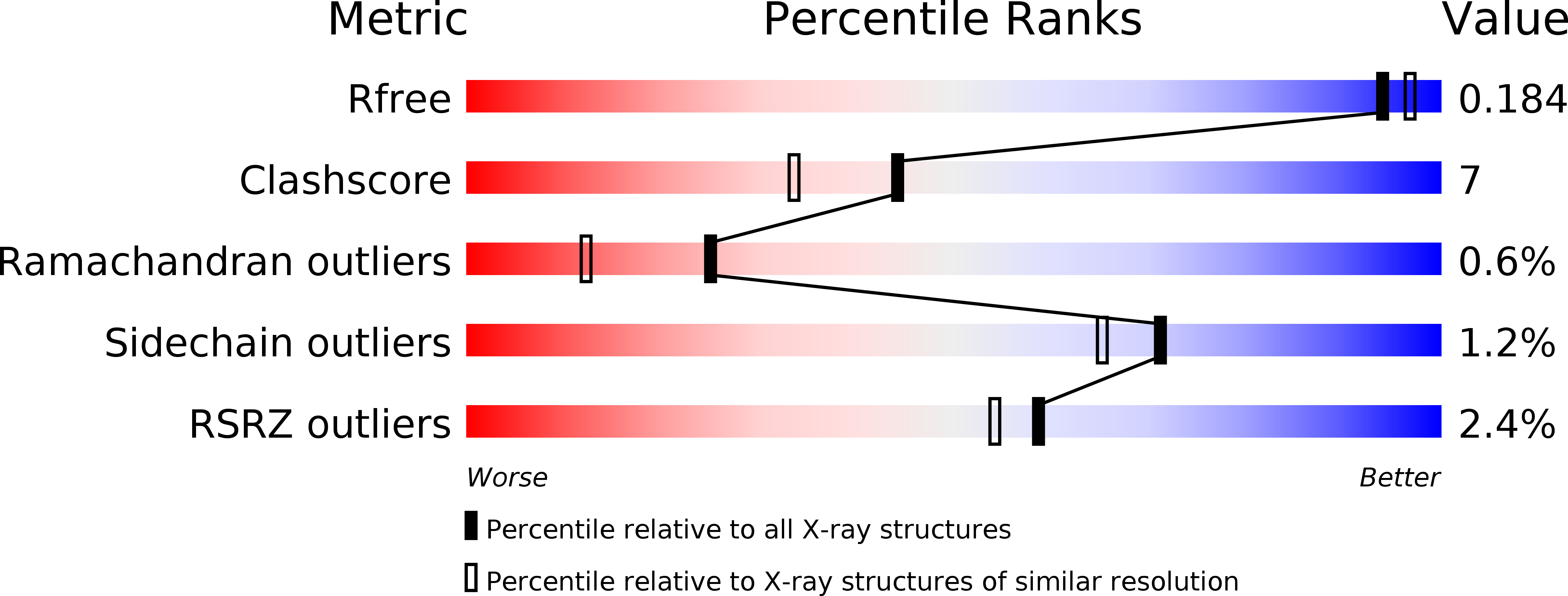
Deposition Date
2013-08-02
Release Date
2013-08-28
Last Version Date
2024-11-06
Entry Detail
PDB ID:
4M1J
Keywords:
Title:
Crystal structure of Pseudomonas aeruginosa PvdQ in complex with a transition state analogue
Biological Source:
Source Organism:
Pseudomonas aeruginosa (Taxon ID: 287)
Host Organism:
Method Details:
Experimental Method:
Resolution:
1.80 Å
R-Value Free:
0.18
R-Value Work:
0.16
R-Value Observed:
0.16
Space Group:
C 2 2 21


